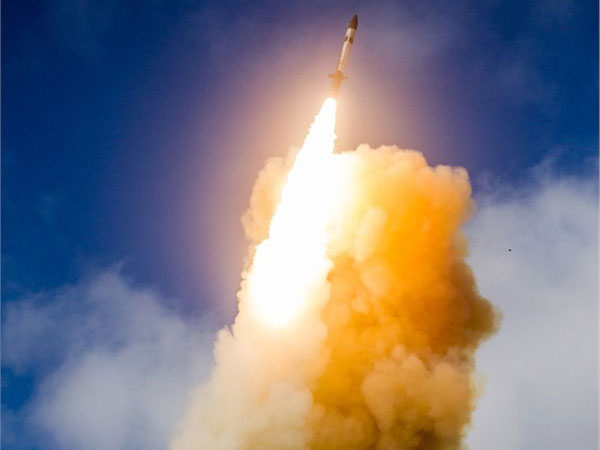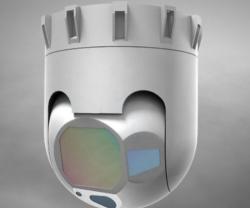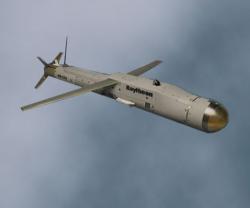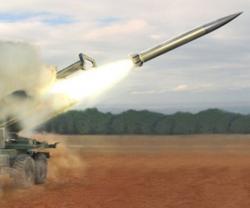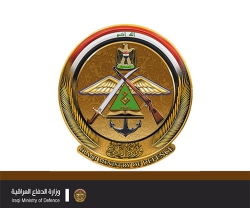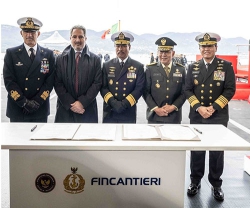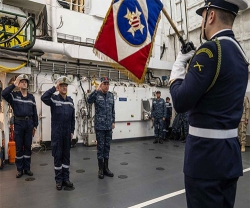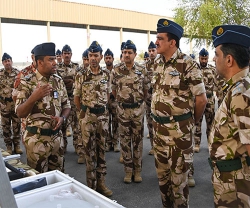"Our Japanese partners have been tremendous allies in this development program, and together we've taken ballistic missile defense to the next level. When the SM-3 Block IIA deploys in 2018, we will have a greater degree of protection than ever before,” said Dr. Taylor W. Lawrence, Raytheon Missile Systems President.
The SM-3 Block IIA has larger rocket motors and a bigger, more capable kill vehicle that allows it to take out threats sooner in flight and protect larger regions of land.
“The SM-3 Block IIA can be used at sea or on land with no modification to the missile. The SM-3 is the only ballistic missile defense interceptor that can be deployed both ways, and that flexibility is a tremendous asset,” said Amy Cohen, Standard Missile-3 Program Director.
The program is on track for both land and sea deployment in 2018 in line with Phase 3 of the U.S.'s Phased Adaptive Approach for missile defense of U.S. deployed forces and allies in NATO Europe.
About the Standard Missile-3
- SM-3s destroy incoming ballistic missile threats in space using nothing more than sheer impact, which is equivalent to a 10-ton truck traveling at 600 mph.
- More than 230 SM-3s have been delivered to date.
- SM-3 Block IB will be deployed at sea and ashore in 2015 in Romania.
- SM-3 Block IIA is on track for deployment at sea and ashore in 2018 in Poland and/or Romania.
Raytheon Company, with 2014 sales of $23 billion and 61,000 employees worldwide, is a technology and innovation leader specializing in defense, civil government and cybersecurity markets throughout the world.
With a history of innovation spanning 93 years, Raytheon provides state-of-the-art electronics, mission systems integration and other capabilities in the areas of sensing; effects; and command, control, communications and intelligence systems, as well as cybersecurity and a broad range of mission support services. Raytheon is headquartered in Waltham, Massachusetts.

